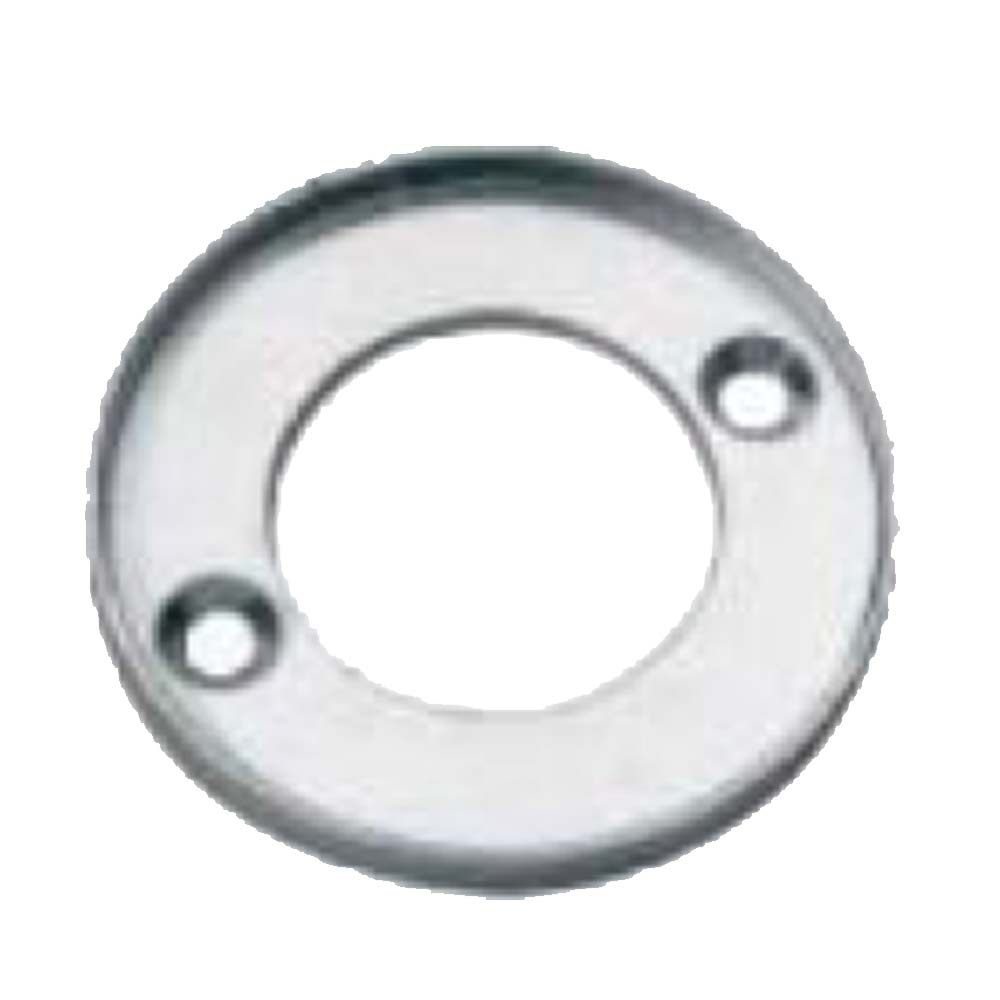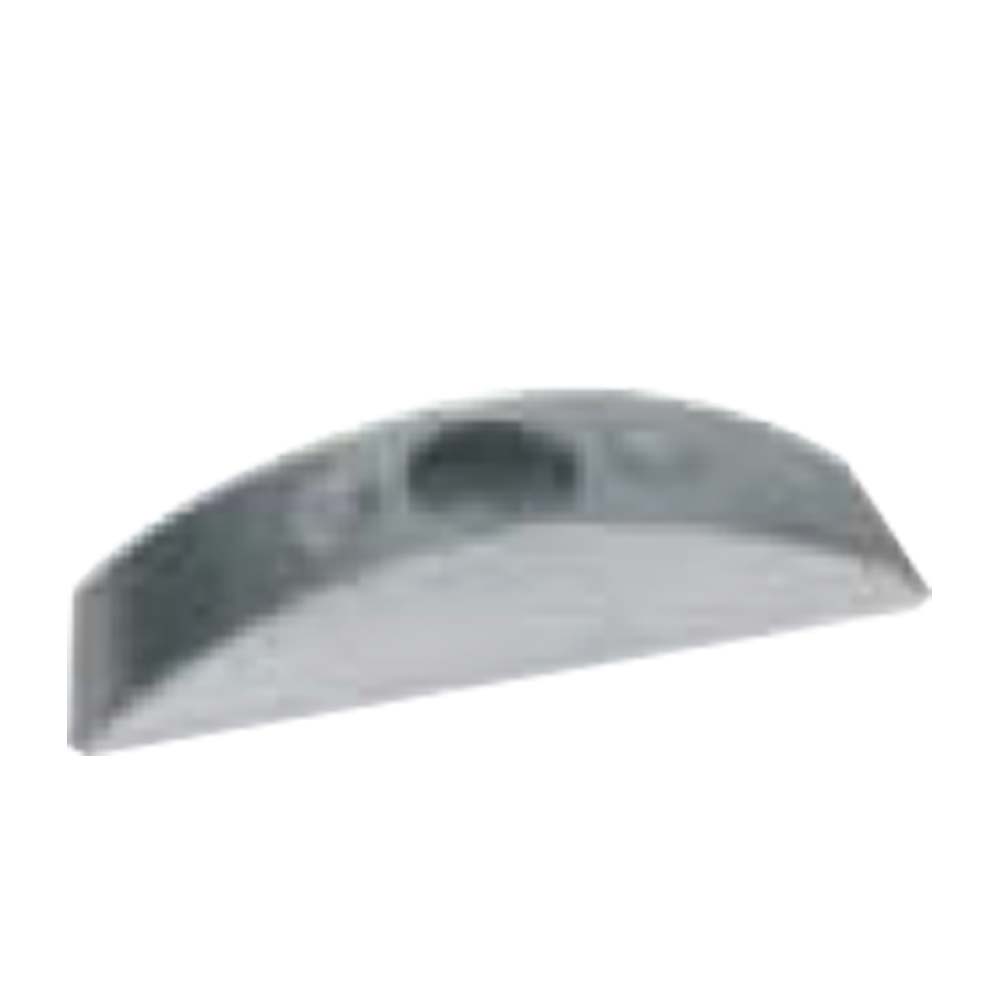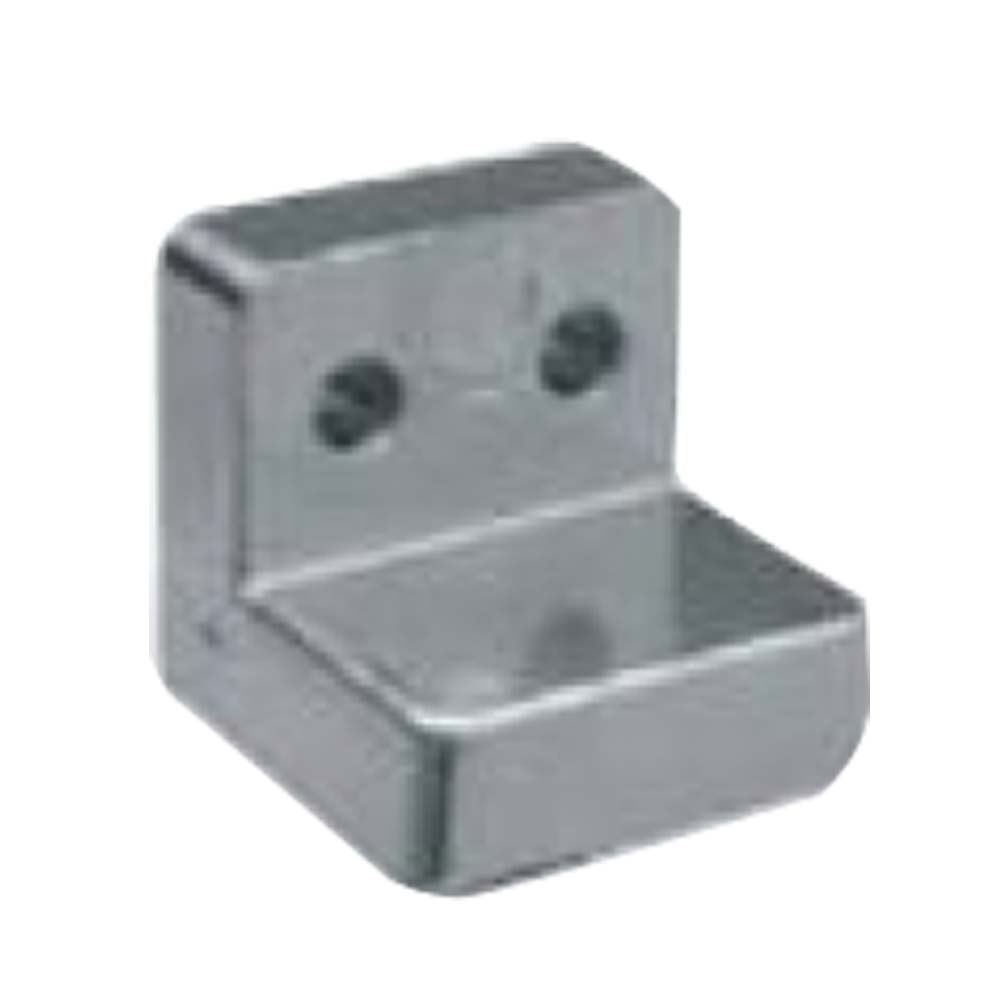Volvo Penta Zinc Anodes
Last Update
Price:
R.F.Q.
Share Product:
Detail
Which anodes should I use on my drive (when using the boat in different waters)?
Anodes are installed from the factory on all Volvo Penta drives and transom shield. If you bought a second hand boat you have to inspect the anodes! Anodes are manufactured for different environments and will react to those. There are some general recommendations when choosing anodes. See chart below.
Anodes will if used in fresh water become covered with white crust of oxide (Aluminium ) or become yellow (Zink) which will stop the anode from working when returned to salt water. Zinc anodes react the same way in brackish water while the Aluminium anodes will work effectively in rivers estuaries and other brackish conditions.
Magnesium anodes are not designed for use in salt water so if you are taking your boat into salt water for more then 7 days you should consider changing the anodes. The same can also be applied for zinc and aluminium anodes if moving your boat between different waters.
It is important to inspect the anodes after shifting waters and if necessary also clean the anodes. The anodes can also be pacified just by being away from water. If the drive has been tilted or for example placed on a trailer for some time make sure to take a look on the anodes.
If an anode for example looks yellow or is covered in white crust it has been pacified and needs to be brushed or changed to provide protection. This can be done by brushing the anodes using sandpaper or an emery cloth. Note, never use a wire brush with steel bristles. You have to use an emery cloth without iron oxide otherwise the anode might be pacified.
Make sure to inspect the anodes on a regular basis and change them if more then 1/3 has been eaten away by corrosion. All anodes do not share the same quality! Always use anodes produced by Volvo Penta since they have been tested to ensure maximum protection on stern drives and props.
Anodes are installed from the factory on all Volvo Penta drives and transom shield. If you bought a second hand boat you have to inspect the anodes! Anodes are manufactured for different environments and will react to those. There are some general recommendations when choosing anodes. See chart below.
Anodes will if used in fresh water become covered with white crust of oxide (Aluminium ) or become yellow (Zink) which will stop the anode from working when returned to salt water. Zinc anodes react the same way in brackish water while the Aluminium anodes will work effectively in rivers estuaries and other brackish conditions.
Magnesium anodes are not designed for use in salt water so if you are taking your boat into salt water for more then 7 days you should consider changing the anodes. The same can also be applied for zinc and aluminium anodes if moving your boat between different waters.
It is important to inspect the anodes after shifting waters and if necessary also clean the anodes. The anodes can also be pacified just by being away from water. If the drive has been tilted or for example placed on a trailer for some time make sure to take a look on the anodes.
If an anode for example looks yellow or is covered in white crust it has been pacified and needs to be brushed or changed to provide protection. This can be done by brushing the anodes using sandpaper or an emery cloth. Note, never use a wire brush with steel bristles. You have to use an emery cloth without iron oxide otherwise the anode might be pacified.
Make sure to inspect the anodes on a regular basis and change them if more then 1/3 has been eaten away by corrosion. All anodes do not share the same quality! Always use anodes produced by Volvo Penta since they have been tested to ensure maximum protection on stern drives and props.
Specification
| Keyword | |
| Brand | |
| Origin | SE |







